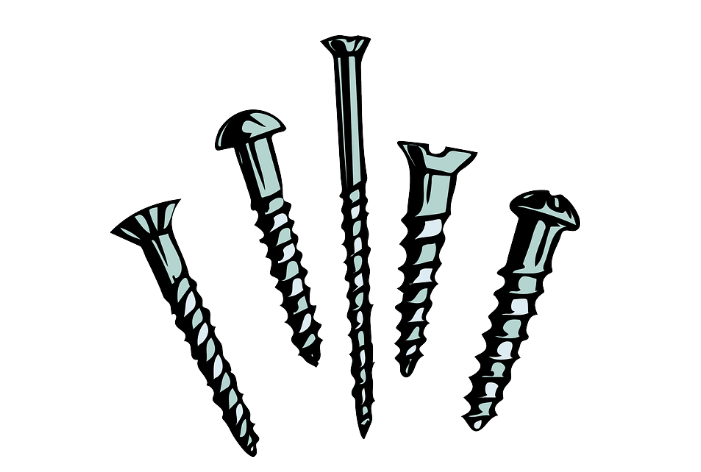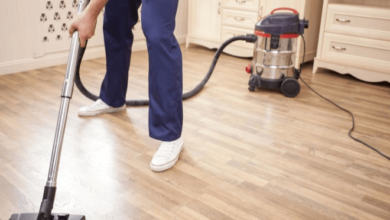What’s Involved with Furnace Installation

If you live in an older home, one that might not have been updated or at least has not been for quite some time, the furnace set-up could be faulty. That means a proper installation will need to be done not only for adequate efficiency but also for optimum safety.
The heating system or furnace in an older household supplies warmth and comfort throughout the space. It either uses electricity or natural gas as a resource to ignite the heat exchanger before heat can be generated to move from one room to the next.
HVAC specialists are an ideal source guiding homeowners through the process of deciding. The suitable heating system for the house and setting up heating furnace installation will be recommended by them. They offer guidance to homeowners.
Updating the heating system in the older home makes sense to improve reliability, save on energy costs, and provide peace of mind with modern safety features if the system were to malfunction.
Before moving forward with a new system in an older home, it is essential to enlist the services of a professional installation contractor to do an inspection to get the details for the new system exact.
Tips For Furnace Installation for an Older Home
An older home that has not been updated, at least for a long time, will likely have a furnace with a less-than-favorable installation. That can lead to efficiency and, worst of all, safety issues.
When moving into an older house, it is wise to reach out to an HVAC contractor for an initial inspection to see what you have and what you might need with your heating system to prevent potential hazards.
The technician will do an assessment, guide you toward a proper heating system, and set you up for installation. Learn about furnace installation at https://www.justanswer.com/topics-furnace-installation/ and then follow here for tips to follow to ensure installation is done correctly and safely.
· The adequate size and location for installation
Proper sizing is essential when installing a new one in an older home. If a furnace is too small, the system will not warm the space adequately, while oversized equipment will result in overconsumption.
A large house will do well with a bigger unit, and an undersized house will benefit from a small one. When deciding on the adequate size for your older home, it is important to consult with an HVAC professional to assess and measure the square footage for the best recommendation of a heating system that will be adequately sized.
In that same vein, the equipment must be situated in the ideal location for sufficient airflow to increase efficiency. The furnace for most homes is located in either the garage or basement.
· The best installation professional
A primary installation tip is selecting the best furnace contractor. In many areas, experienced, credentialed experts are necessary for installing heating systems. These must be licensed professionals with certification and insurance for your local area.
When looking for experts in your area, check to ensure the contractor follows local safety regulations and building codes.
Suppose the old household is improperly inspected or heating structures are incorrectly installed, in that case, it can result in a serious safety hazard, including the potential for gas leaks, fires, and carbon monoxide poisoning, making it necessary to do due diligence in research to find the best contractor for these needs. Read here for the best tips on furnace setting up you should know.
· A follow-up inspection

Once you find the right installation contractor, the installation will be managed, and the contractor will inspect the furnace once the process is finished to ensure it is adequately installed and safe.
The technician will evaluate the heating system to ensure correct operation. If problems arise during the inspection, these should be managed before the equipment can be used. Things that should be checked include the following:
- Potential carbon monoxide defects and all safety features should be evaluated.
- All components, like gas lines and wiring, should be inspected for proper connections.
- Inspect the thermostat wiring and ensure it is working correctly.
- Check if the furnace installation is in the right location and is level.
- Run the heating equipment to ensure there is no issue.
Once these steps are complete and the system passes without problems, you can rest assured the furnace will be efficient and safe for an extended lifespan.
Final Thought
Once you have the system up and running, it is crucial to sign up with a professional HVAC contractor for annual preventive maintenance tune-ups. The technicians will inspect the system each year to detect potential defects and correct them before they turn into significant problems. Preventive maintenance and homeowner care and upkeep are the ideal ways for a heating system to remain efficient and optimally functional. The repair contractor will manage any repairs and service calls promptly to ensure the system runs at peak performance for an extended life cycle.




